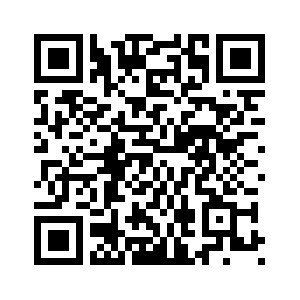BEIJING, June 6 (Xinhua) -- China's Chang'e-6 probe, carrying expectations from scientists worldwide, is currently in orbit around the moon, awaiting the optimal moment for its return journey.
If everything goes well, Chang'e-6 will enable China to retrieve the first-ever samples from the far side of the moon in human history. Prior to its return, China has pledged to make the samples available to international researchers, a commitment underscored by its consistent actions and promises.
With the precious samples, Chang'e-6 will offer scientists a unique window into the moon's evolutionary history and potentially even the origins of our solar system.
Given the rarity of the opportunity, China feels an even greater obligation to share it, as Chinese people believe that if we present roses to others' hands, the fragrance will also linger on ours.
Chang'e-6 stands as evidence of the country's consistent promotion of international cooperation in the field of space exploration.
The spacecraft carried four international payloads, and foreign scientists invited to witness the launch and lunar landing of their instruments aboard Chang'e-6 expressed profound gratitude to China. Josef Aschbacher, Director General of the European Space Agency (ESA), also tweeted his thanks, noting that the ESA is proud to have a part in the mission.
China has been a steadfast supporter of space cooperation with Europe, encompassing projects from lunar missions to the joint development of scientific satellites and astronaut training. However, European officials and scientists are increasingly concerned that such cooperation will be dampened by escalating geopolitical tensions.
According to Karl Bergquist, the administrator of European and external relations of ESA, the ESA is facing more and more restrictions in its space cooperation with China, as it uses a lot of U.S. components but cannot export them due to the U.S. ban.
It's clearly impossible for European countries to entirely avoid using U.S. components. Actually, the essence of cooperation lies in pooling the wisdom of diverse countries to jointly explore space.
Regrettably, the United States, once embroiled in a fierce space race with the Soviet Union, continues to regard outer space as a stage for flexing its muscles. It has imposed restrictions on cooperation with China in space technologies and exploration, extending the prohibitions to its allies as well.
As a result, China pursues a self-reliant and self-developed approach in its space endeavors, and has achieved tremendous progress on this front. Yet, even under the toughest challenges, China always believes that space exploration is not a zero-sum competition and needs collective wisdom and efforts that transcend boundaries on Earth.
Now deemed one of the most reliable partners by European scientists participating in the Chang'e-6 mission, China will continue to forge bridges for cooperation and enable more nations to embrace the new frontier of the moon and space.
China has repeatedly stated that it remains open to space cooperation with the United States. The question remains whether U.S. authorities will heed the calls from their own scientists and the global scientific community to stop hindering the noble pursuit of collective advancement in science and knowledge.
As Neil Melville-Kenney, the technical officer of the ESA instrument on Chang'e-6, has said, space exploration encourages us to consider our planet as one and our people as one. The closer we work together, the greater things we can achieve. ■



